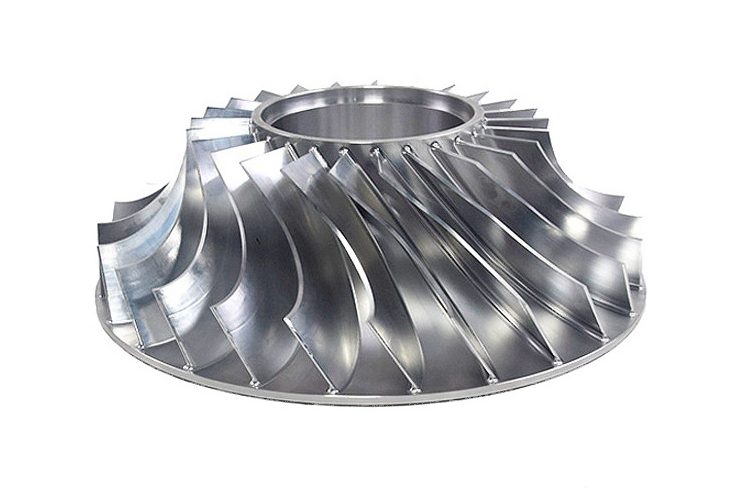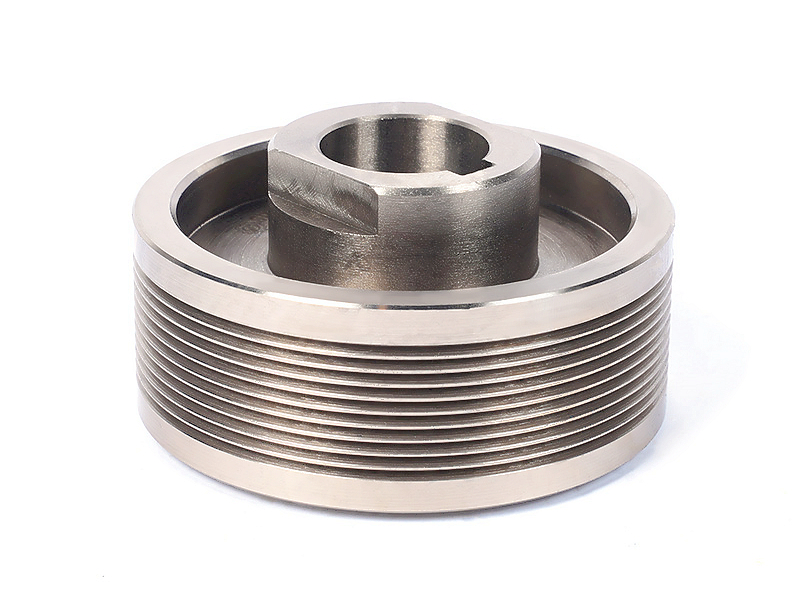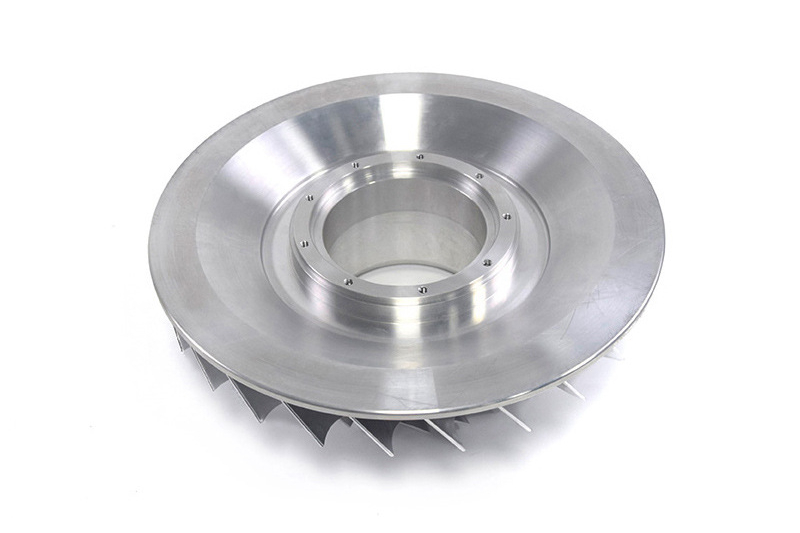What Ra roughness is typically achieved on titanium after electropolishing?
Electropolishing is a specialized electrochemical process that selectively removes surface material to level micro-peaks and valleys, resulting in a smooth, mirror-like finish. For titanium, the typical Ra (Arithmetic Average Roughness) achievable through electropolishing generally falls within the range of 0.1 to 0.4 micrometers (µm), or 4 to 16 microinches (µin). However, achieving the lower end of this range is highly dependent on the initial surface condition of the part and the precise control of the electropolishing parameters.
Factors Influencing the Final Ra Value
The starting roughness is the most critical factor. Electropolishing is a finishing process, not a corrective one; it typically improves the surface roughness by approximately 50%. Therefore, a part with an initial "as-machined" finish of Ra 0.8 µm can be refined to around Ra 0.4 µm, while a part that has been pre-finished via grinding or fine milling to Ra 0.4 µm can achieve an exceptional Ra of 0.1-0.2 µm after electropolishing. This is why the process is often the final step for precision components from our Titanium CNC Machining Service.
Titanium's passive oxide layer and its electrochemical behavior make it more challenging to electropolish than stainless steel. The process requires specialized, often proprietary, electrolyte chemistries and tightly controlled parameters like temperature, current density, and immersion time. Deviations can lead to pitting, "orange-peel" texture, or uneven etching, which will adversely affect the final Ra. The expertise of the supplier in Electropolishing for Precision Parts is paramount for consistent results.
Functional Benefits Beyond Ra
While Ra is a key metric, the value of electropolishing for titanium, especially in critical industries like Medical Device and Aerospace and Aviation, extends far beyond mere smoothness:
Deburring and Radii Formation: It excellently removes microscopic burrs and sharp edges, creating minute radii that reduce stress concentration and improve fatigue life.
Microbial Reduction: The ultra-smooth, non-porous surface minimizes areas for bacteria to adhere, making it ideal for surgical instruments and implants.
Enhanced Corrosion Resistance: The process simultaneously cleans and passivates the surface, strengthening the protective titanium oxide layer.
Comparison with Other Finishes
It's important to contrast electropolishing with mechanical polishing. While manual polishing can achieve a similar or even lower Ra, it can smear the surface, embed contaminants, and leave directional lines that may act as stress risers. Electropolishing produces an isotropic, contour-hugging finish that is uniform across complex geometries, including internal passages that are inaccessible to mechanical methods. For a high-performance, biocompatible finish that complements the work of our Precision Machining Service, electropolishing is often the superior technical choice.
Summary
In practice, a well-executed electropolishing process on a suitably pre-finished titanium component should reliably achieve an Ra of 0.2 - 0.3 µm (8 - 12 µin). Specifying a finish tighter than Ra 0.1 µm requires an exceptional starting surface and should be discussed in detail with your finishing supplier to ensure feasibility and cost-effectiveness.



